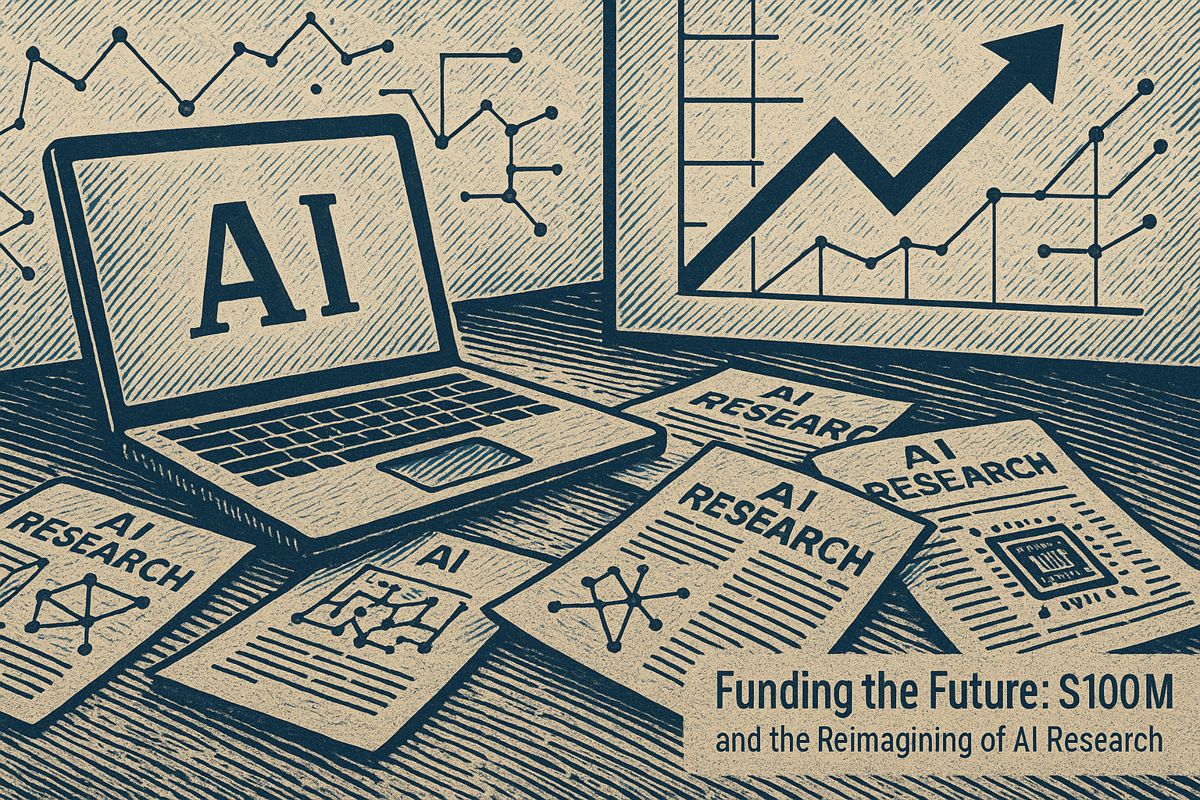Simon Fraser University professor Jeffrey Yip’s Listen and Build leadership framework offers an evidence-based method for unlocking higher team engagement, fostering a stronger culture, and making smarter decisions. This influential listening approach provides a clear path for leaders to transform communication into strategic action.
At its core, Yip’s “Listen and Build” model is a two-step process: leaders first slow down to fully absorb what team members are saying, then use those insights to build collaborative solutions. This is supported by the “Three Rs”: Regulate, Relate, and Reason. These habits enable leaders to stay calm, connect empathetically, and think logically, even during difficult conversations.
The Performance Impact of Influential Listening
Influential listening directly impacts performance by turning passive hearing into active collaboration. This approach transforms high-stakes conversations from draining encounters into opportunities for strategic alignment, boosting engagement, and fostering a culture of trust and adaptability in fast-changing markets.
Research reveals a persistent listening gap in leadership. A comprehensive Academy of Management Annals synthesis by Yip and Colin Fisher showed that listeners often feel cognitively depleted during important conversations. This paradox harms performance, whereas data from Perceptyx shows firms with continuous listening programs align their culture and strategy more effectively than their competitors.
Through his applied lab, ListeningWorks, Yip translates this research into practical steps for managers. He suggests simple experiments for meetings:
- Open with a brief 30-second check-in to invite team members’ hopes and concerns.
- Paraphrase one key point you’ve heard before sharing your own perspective.
- Close the meeting by stating one concrete action you will take based on the discussion.
The benefits of these routines are tangible. For instance, WorkBravely research indicates a 30% increase in employee satisfaction after managers received active listening coaching. The framework is also gaining wider attention, with Yip explaining on a Surfacing Leaders episode how empathic curiosity improved cooperation among soldiers.
Future trends in technology will make these skills even more critical. As Korn Ferry points out, leaders in 2025 must blend AI-driven tools with human-centered communication to maintain trust. Integrating the “Listen and Build” framework into training, feedback, and team rituals is key to keeping organizations resilient and adaptable.
What exactly is “influential listening” and how does it differ from everyday listening?
Influential listening is the disciplined practice of slowing down to fully absorb what others say so you can speed up with solutions that matter. Jeffrey Yip’s two-step “Listen and Build” framework shows that the listener first regulates emotions, relates to the speaker, and reasons with the new information; only then does the listener build next steps that reflect the speaker’s hopes, fears, and ideas. Everyday listening stops at hearing words; influential listening converts words into shared strategic action.
Why do leaders struggle with listening when they need it most?
Yip’s 2022 Academy of Management Annals review uncovered a “listening paradox”: while speakers feel boosted when they believe someone is listening, the act of listening actually depletes the listener’s cognitive resources. In fast-moving or high-stakes moments leaders default to talking because the brain treats listening as a cost. The “Listen and Build” model counters this by inserting a deliberate pause – slowing down to listen – so the eventual decision is faster and more inclusive.
What measurable impact can influential listening have on team performance?
External 2024 data show that managers trained in active listening register:
– 30 % jump in employee satisfaction
– 25 % lift in collaboration and productivity
– 8 % uptick in sales performance
These figures, reported by WorkBravely, align with Yip’s claim that listening is a performance lever, not a soft skill. When leaders use the “Three Rs” (Regulate, Relate, Reason) they convert de-energizing meetings into engagement engines, reducing the 80 % of workplace complaints that stem from poor communication.
How can I apply the framework if I am not in a formal leadership role?
Influence is role-agnostic. Individual contributors can:
1. Regulate – pause your inner rebuttal and mute digital distractions.
2. Relate – paraphrase the speaker’s point aloud to prove you caught it.
3. Reason – ask one curious follow-up that links the speaker’s idea to a team goal.
Yip’s research shows this micro-practice raises your personal brand inside the organization because people start associating your presence with progress, not just talk.
Where can I dig deeper into Professor Yip’s tools and exercises?
Start with his May 2025 Harvard Business Review article “Are You Really a Good Listener?” – a practical self-audit that lets you score yourself against the “Listen and Build” behaviors. For ongoing micro-lessons, subscribe to his Psychology Today blog titled Listen and Build where he posts real-world scripts and reflection prompts you can use the same day.



















